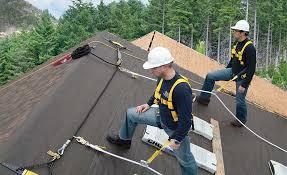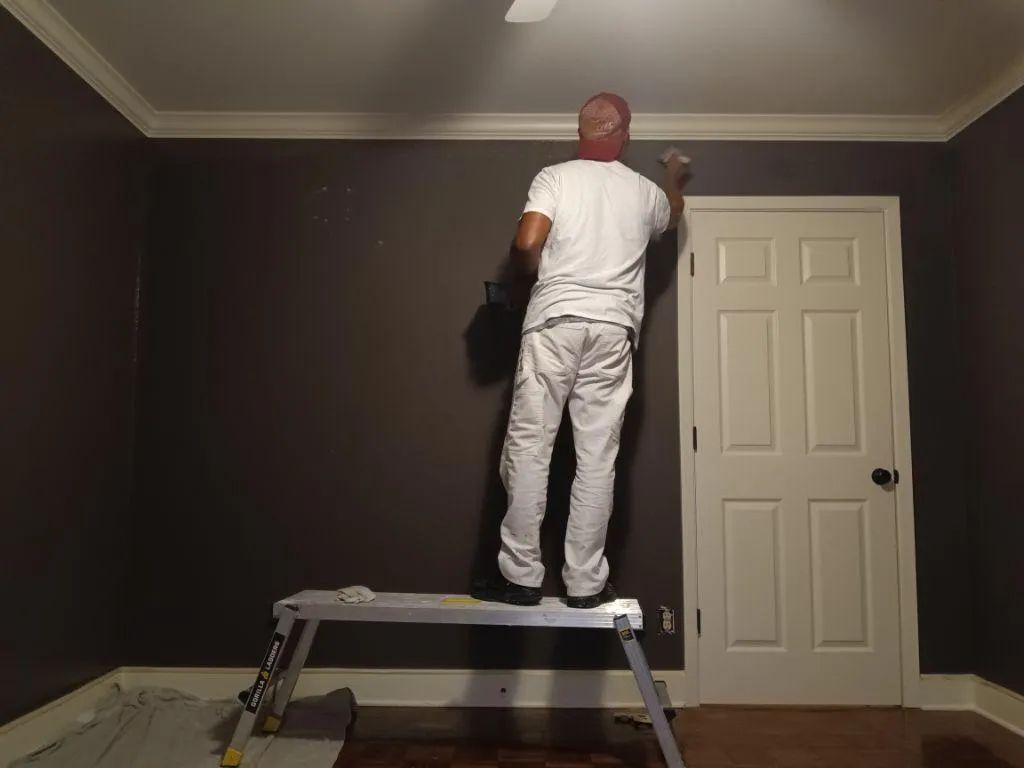Blog > Article Library
Twain Services Articles

Is it Okay to Put New Shingles Over Old Ones? Exploring the Pros and Cons
Replacing a roof is a significant undertaking for any homeowner, both in terms of time and expense. One question that often arises during the roofing process is whether it's acceptable to install new shingles over existing ones. The short answer is yes, it is possible to lay new roof shingles over old ones. However, before making this decision, it's essential to weigh the pros and cons carefully. In this article, we'll explore the reasons why you might choose to install new shingles over old ones and consider the potential drawbacks of this approach.
Pros of Installing New Shingles Over Old Ones
1. Cost Savings
One of the primary reasons homeowners opt to install new shingles over existing ones is to save on the cost of labor and materials associated with removing the old roof. Removing old shingles can be labor-intensive and time-consuming, requiring additional resources and disposal fees. By layering new shingles over the old ones, homeowners can reduce the overall cost of the roofing project.
2. Time Efficiency
Roof replacement projects can disrupt daily life, particularly if they require extensive tear-off and disposal of old shingles. Installing new shingles over existing ones can streamline the process, reducing the time required to complete the project. This can be advantageous for homeowners looking to minimize disruption and return to normalcy as quickly as possible.
3. Added Insulation and Protection
Layering new shingles over old ones can provide an additional layer of insulation and protection for your home. While this may not be as effective as a completely new roof installation, it can still help improve energy efficiency and extend the lifespan of your roof by providing an extra barrier against the elements.
Cons of Installing New Shingles Over Old Ones
1. Weight Considerations
Adding a second layer of shingles to your roof increases its weight load, which can strain the underlying structure. This is particularly concerning for older homes or those with pre-existing structural issues. It's essential to consult with a qualified roofing contractor to assess whether your home can safely support the additional weight of multiple layers of shingles.
2. Reduced Longevity
While installing new shingles over old ones can provide temporary cost savings, it may compromise the long-term integrity of your roof. Over time, the added weight and heat retention from multiple layers of shingles can accelerate deterioration, leading to premature aging and the need for more frequent repairs or replacement.
3. Inspection and Repair Challenges
Layering new shingles over old ones can make it more challenging to inspect and repair the underlying roof structure. Hidden damage or issues may go unnoticed, leading to potential problems down the line. Additionally, accessing and repairing the roof in the future may require removing multiple layers of shingles, increasing labor and costs.
Conclusion
In conclusion, while it is technically possible to install new shingles over old ones, it's essential to carefully consider the pros and cons before making this decision. While layering shingles can offer short-term cost savings and time efficiency, it may compromise the long-term integrity and longevity of your roof. Homeowners should consult with qualified roofing professionals to assess the condition of their roof and determine the best course of action for their specific circumstances.
Ultimately, investing in a complete roof replacement may offer greater peace of mind and long-term value, ensuring the continued protection and integrity of your home. By weighing the potential benefits and drawbacks of installing new shingles over old ones, homeowners can make informed decisions that best suit their needs and budget.
Older Articles


Contact Us
Service Hours
Social Media
Blog > Article Library


Is it Okay to Put New Shingles Over Old Ones? Exploring the Pros and Cons
Replacing a roof is a significant undertaking for any homeowner, both in terms of time and expense. One question that often arises during the roofing process is whether it's acceptable to install new shingles over existing ones. The short answer is yes, it is possible to lay new roof shingles over old ones. However, before making this decision, it's essential to weigh the pros and cons carefully. In this article, we'll explore the reasons why you might choose to install new shingles over old ones and consider the potential drawbacks of this approach.
Pros of Installing New Shingles Over Old Ones
1. Cost Savings
One of the primary reasons homeowners opt to install new shingles over existing ones is to save on the cost of labor and materials associated with removing the old roof. Removing old shingles can be labor-intensive and time-consuming, requiring additional resources and disposal fees. By layering new shingles over the old ones, homeowners can reduce the overall cost of the roofing project.
2. Time Efficiency
Roof replacement projects can disrupt daily life, particularly if they require extensive tear-off and disposal of old shingles. Installing new shingles over existing ones can streamline the process, reducing the time required to complete the project. This can be advantageous for homeowners looking to minimize disruption and return to normalcy as quickly as possible.
3. Added Insulation and Protection
Layering new shingles over old ones can provide an additional layer of insulation and protection for your home. While this may not be as effective as a completely new roof installation, it can still help improve energy efficiency and extend the lifespan of your roof by providing an extra barrier against the elements.
Cons of Installing New Shingles Over Old Ones
1. Weight Considerations
Adding a second layer of shingles to your roof increases its weight load, which can strain the underlying structure. This is particularly concerning for older homes or those with pre-existing structural issues. It's essential to consult with a qualified roofing contractor to assess whether your home can safely support the additional weight of multiple layers of shingles.
2. Reduced Longevity
While installing new shingles over old ones can provide temporary cost savings, it may compromise the long-term integrity of your roof. Over time, the added weight and heat retention from multiple layers of shingles can accelerate deterioration, leading to premature aging and the need for more frequent repairs or replacement.
3. Inspection and Repair Challenges
Layering new shingles over old ones can make it more challenging to inspect and repair the underlying roof structure. Hidden damage or issues may go unnoticed, leading to potential problems down the line. Additionally, accessing and repairing the roof in the future may require removing multiple layers of shingles, increasing labor and costs.
Conclusion
In conclusion, while it is technically possible to install new shingles over old ones, it's essential to carefully consider the pros and cons before making this decision. While layering shingles can offer short-term cost savings and time efficiency, it may compromise the long-term integrity and longevity of your roof. Homeowners should consult with qualified roofing professionals to assess the condition of their roof and determine the best course of action for their specific circumstances.
Ultimately, investing in a complete roof replacement may offer greater peace of mind and long-term value, ensuring the continued protection and integrity of your home. By weighing the potential benefits and drawbacks of installing new shingles over old ones, homeowners can make informed decisions that best suit their needs and budget.
Older Articles


Contact Us
(346) 209-4009
Humble, Texas, 77346
Service Hours
Mon-Sat: 8am-6pm
Sun: Off
Social Media





